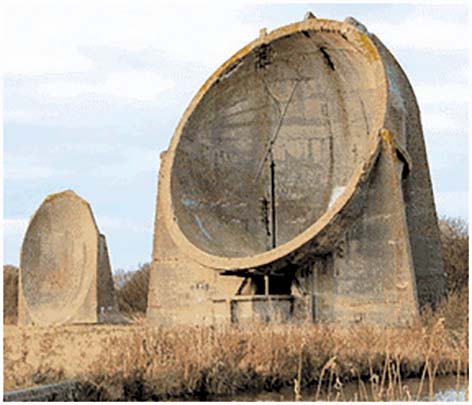
The grand opening of an ambitious public access stairway overlooking restoration work some 50metres above ENCI quarry in Maastricht, The Netherlands has brought the trans-European RESTORE project to a successful conclusion.
It follows three years and close collaborative working between seven partners across four countries in north-west Europe (U.K., Belgium, the Netherlands and Germany). Funded by the European Regional Development Fund through the INTERREG IVB NWE programme, RESTORE has worked to promote the benefits which can result for people, wildlife and local economies, when mineral sites are restored to a biodiversity-led end-use.
Key achievements and milestones of the project have been numerous. They include the creation of a dedicated website to present the case for biodiversity-led minerals restoration and provide an information hub for stakeholders across north-west Europe; engagement with stakeholders from Northern Ireland in the north, to Germany in the south and across a wide cross section of sectors, through an array of communications channels including social media; the running of nine best practice demonstration events and three major conferences; publication of advisory material; articles in industry and specialist press and media; and presentations at international seminars to highlight the great potential which minerals restoration can represent for priority habitat creation in line with European biodiversity targets.
The RESTORE project has also offered practical advice for priority habitat creation and management offered on around 2,300hectares of land; onsite priority habitat creation and management on approximately 500hectares of land; the submission of a report assessing the ecosystem services benefits (flood alleviation, improved water quality, carbon sequestration, enhancement of health and well-being, green tourism income generation) which can result from biodiversity-led restorations, focusing on ten sites across the project region as case study examples.
Furthermore, the multinational project included a review of minerals planning policy across the north-west Europe region, with recommendations for the way forward presented in a manifesto unveiled at the RESTORE project’s final conference in Brussels in June 2015, attended by MEP and EU representatives and heads of industry, planning and environmental non-governmental organisations.
Attending the closing event at the
“RESTORE highlights the benefits and services which local communities experience as a result of carefully considered biodiversity-led minerals restoration. Places where nature is able to thrive can, at the same time, provide benefits like flood alleviation safeguards, carbon storage and sympathetic green leisure pursuits, all of which directly help the positive regeneration of local economies. All seven RESTORE partners have worked hard to showcase the positive side of biodiversity-led minerals restoration which benefits people as well as wildlife.
“Appropriate and sustainable restoration of finished minerals sites represents a mighty opportunity to contribute to the regeneration of Europe’s natural capital. This is a unique opportunity which needs to be seized upon by all interested parties as a means of safeguarding European biodiversity and enhancing the lives of European citizens.”
In England, leading building materials supplier
Lade Pits is a restored sand and gravel site covering 70hectares and was quarried from the early 60’s. Work began on restoring the site into a home for nature during the lifetime of the quarry. Approximately four million tonnes of sand and gravel for local construction projects were extracted from the quarry.
In the 1930’s – between the two world wars - the MOD developed an aircraft early warning system consisting of huge concrete structures designed to pick-up and amplify sound coming from miles away. This warning system came to be known as Listening Devices or Sound Mirrors and once built they could pick up the distant engine roar of enemy aircraft coming in off the sea.
However, due to the speed of technical invention which was at the time already significant, the system was never fully operational and was made obsolete by modern methods of detection (radar) which were first introduced in the late 1930s.
Fast forward many years and now Lade Pits look set to become a 70hectares home for nature after Cemex UK has generously handed over the site to the RSPB as part of an ongoing and very successful relationship between the two organisations.
RSPB South East regional director Chris Corrigan said: “I am absolutely delighted that Lade Pits is now part of nature’s home in the South East and I am grateful to CEMEX UK for their generosity and unwavering commitment to help the RSPB save nature. Where the mighty Sound Mirrors were once used to listen out for man-made noise, they will now symbolise just how important it is to listen – and look - out for nature. The site will prove invaluable for what the RSPB is trying to achieve in the South East and we are very much looking forward to taking Lade Pits forward together with the local community.”




